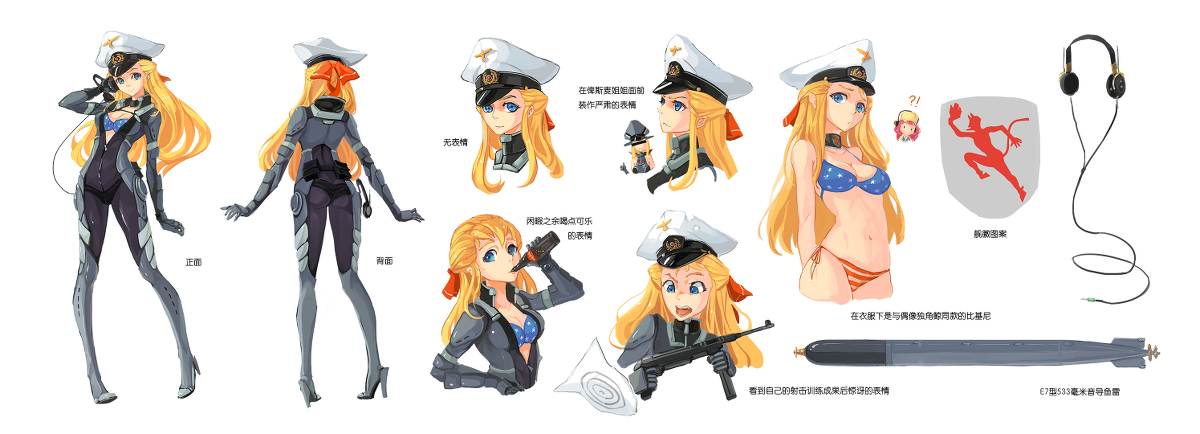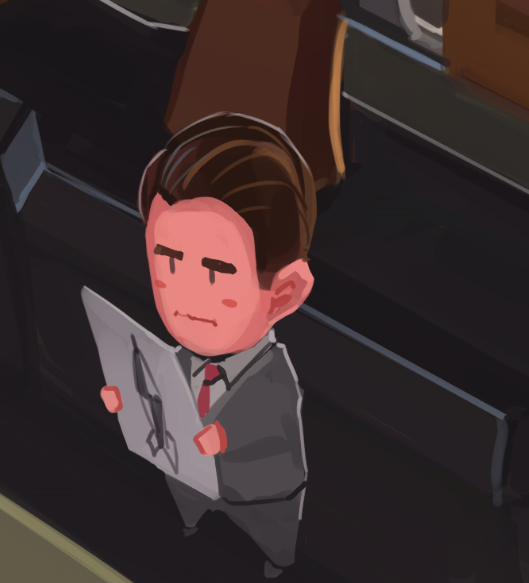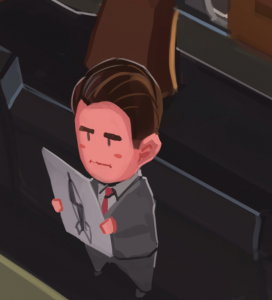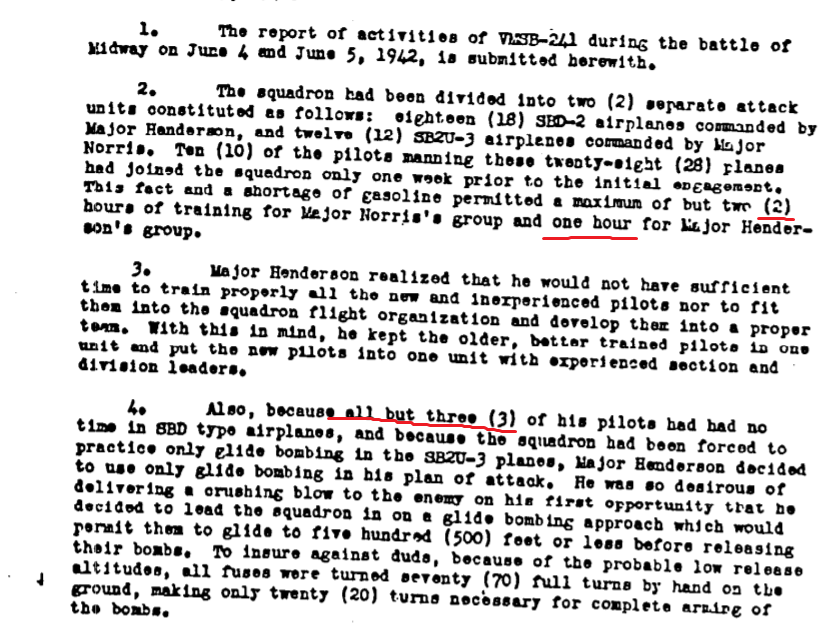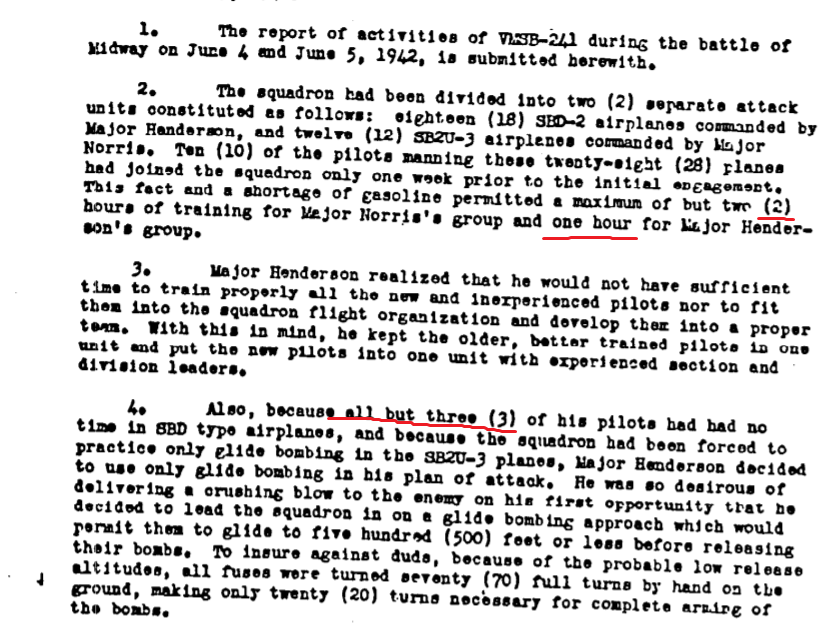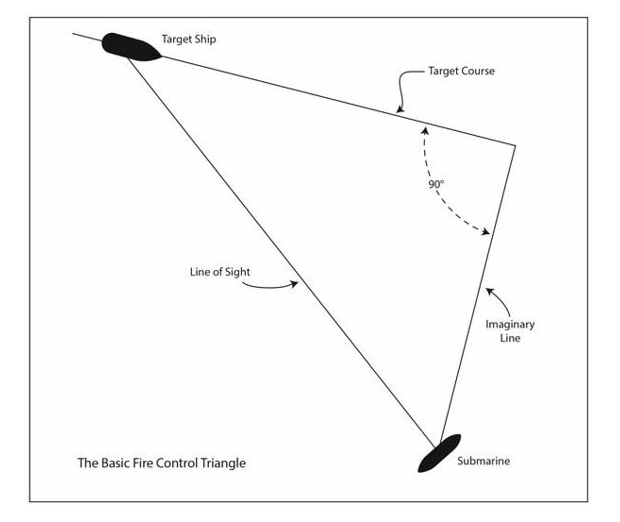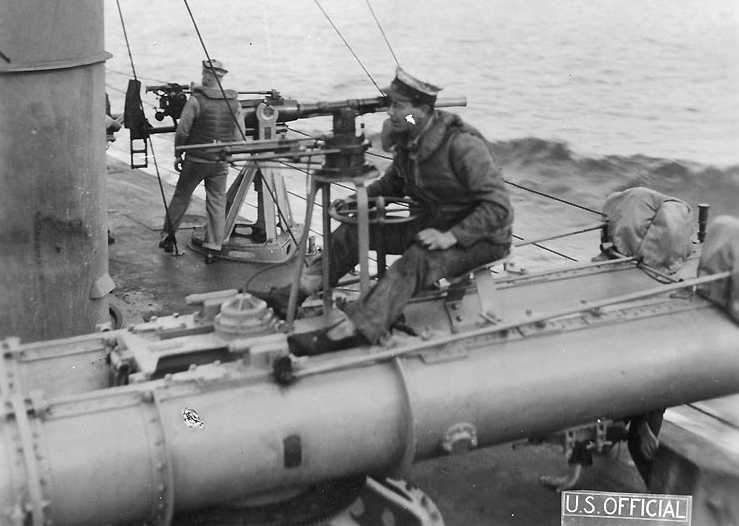We pretty much do this and a lot more behind the scenes for every shipgirl we make. Here’s something we put into Action Report.
You can see there’s a range of details here, ranging from her normal expression (neutral face) to pretending to pay attention while listening to Bismarck-nee rant about ein Volk & ein Reich to drinking cokes (she likes sweet stuff xD) to well, getting her target results back.

Or, well, this. xD Bless Baicai for taking the time years ago to draw this. I still giggle whenever I see this one.
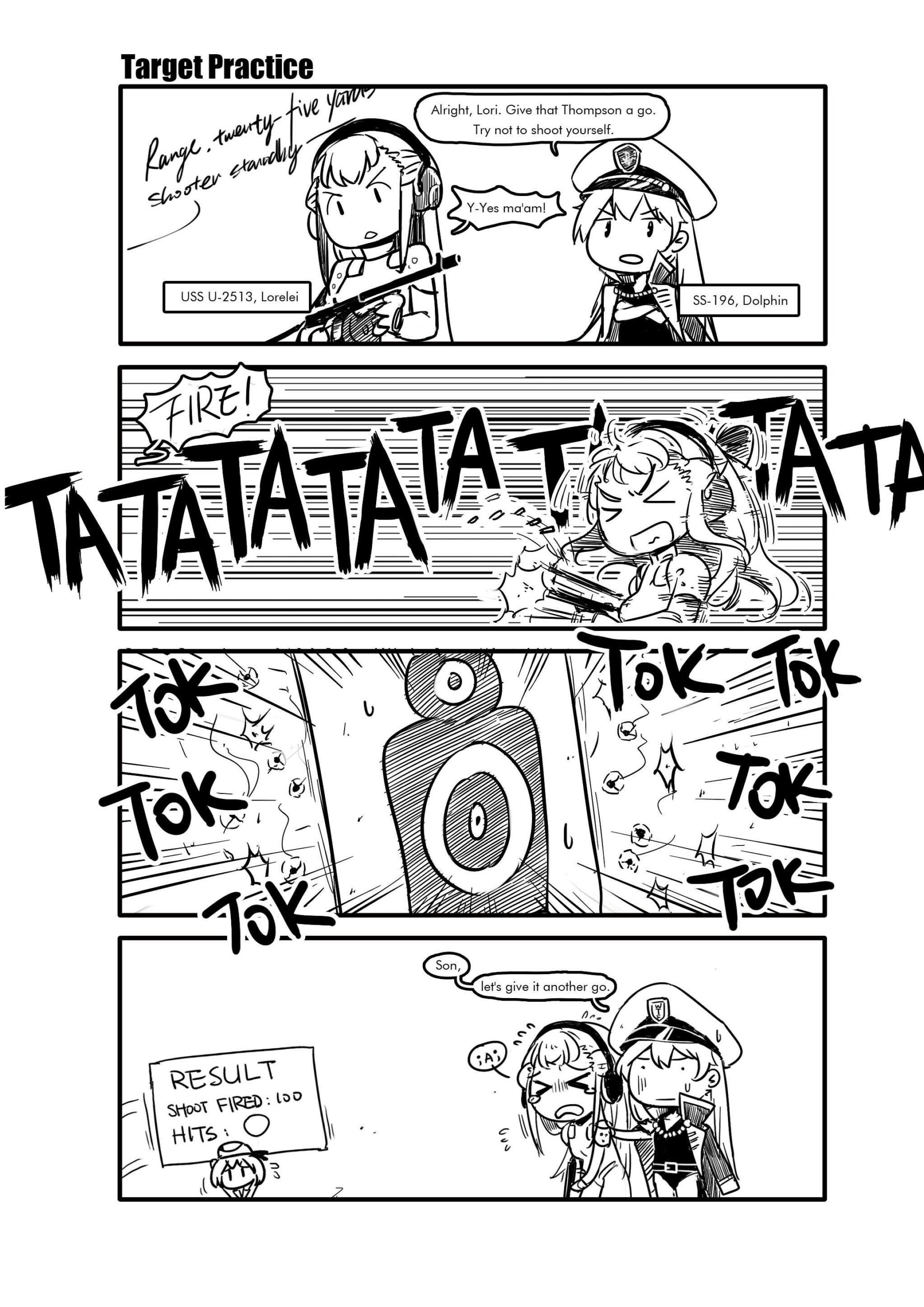
This is my preferred way of world building. Rather than dumping exposition as it is commonly seen in a lot of character books (e.g. favorite foods, likes, dislikes and so on), I find it much more enjoyable to set things up and revisit them later. The purpose, after all, is to create impressions of characters such that the Pacific world comes alive in your head.
For instance, with that mini up there, maybe it makes more sense for why Lori wants more ammo. People didn’t get why she isn’t paying attention to Bismarck then, since I only vaguely hinted at Lori’s background. Now, given her own experiences, maybe it makes more sense then.
(As for why she ditched the catsuit for Silent Service? Well, let’s just say, also in AR2, there’s an answer for that. It might have something to do with that shopping trip Maury took Tasha on… xD)
But, over the years, if you look at any of our characters, you’ll find a literal treasure trove of random interactions with one another. Just for Lori alone, for instance, this is what’s been revealed (across three languages, through multiple mediums, via private and personal interactions) so far.
- She’s actually quite good (performance-wise) in training. There’s that stereotypical German efficiency after all. Sometimes her stubborn nature gets to the best of her, however, and she tend to react emotionally to personal successes or failures. She’s also rather hapless at making steady progress – Lori gets it or she doesn’t.
- Absolutely adores Narwhal (in an obviously heterosexual, no-yuri sort of way – it’s a girl thing. Trust me). Secretly her biggest fan but is generally too afraid to approach since she thinks Narwhal must be “super duper serious.” Ironically, tend to do worse when Narwhal’s around because of nerves.
- The actual reason is that she’s basically Tautog-tier when it comes to submarine stuff, and Narwhal and Nautilus are basically “submarine legend” types when it comes to IRL history. Plus, in the Pacific universe, every single subgirl knows some kind of *touch* and make Abyssal go explode type of “martial art.” (I swear this is actually canon and there’s actually a reason for this) Lori didn’t realize this until Narwhal showed her.
- Narwhal actually picked out the bikini pattern for her, since she noticed that Lori really likes to imitate her.
- Is generally a “useful idiot” by some of the more mischievous shipgirls (O’bannon, Chester, Tambor, Zao) because of her fairly naive personality. At the same time, her openness generally makes her a volunteer of sorts (and an unofficial messenger to Mike).
- Like Ari’s hat but decides against one since “cowboy hats aren’t waterproof.”
- Has a complicated relationship with Ulla, who went over to the USSR rather than staying behind in Germany.
- Avoids Pennsy and Sanny like the proverbial plague. Also tend to avoid European shipgirls for reasons she’s not quite sure herself. New York intimidates her and she thinks New Jersey’s always watching her every move. (The former simply finds her to be a mild nuisance and a curiosity and the latter is, well, a literal mind-reader so that’s not entirely off)
- Pesters Sal for unauthorized ordnance upgrades to her gear much like Tambor. Likes explosions and watching things explode.
- Reads Marby’s writings.
- Enjoys bothering Lulu greatly.
- Confuses Texas and Houston and Tennsy to no end because she keep on expecting to see horses for some reason.
- Was previously unaware that fairy Topp could talk. For about a year she kept him in Sculpin’s fishtank thinking that was his natural environment since that’s literally where he appeared from. By Silent Service (approximate a year later) she finally learned that he didn’t understand why she wanted him to hang out there either. Some times later a fairy-sized submarine was made for him.
- Generally she’s the “along for the ride” personality in that she doesn’t mind following the lead of others. She’ll laze about and derp if she’s spending the day with Sculpin, get studious and serious if she’s with Mahan or Trout, get ditzy and happy with Cal or Hornet and so on.
- Argues constantly with Dracha over the nature and status of German technology in WW2.
So on and so forth.
A year and a half ago I mentioned about thinking about a wiki or some sort of project to document all of these and keep them in one place. I’m still thinking about how to do this, since I want something permanent but at the same time, easy to add to. Let’s just say the wiki format wasn’t very friendly at all xD

